People can die in the mountains for many reasons. Hiking through ice and snow is challenging, and it is not uncommon for disoriented people suffering from hypothermia to leave behind clothes.
In the last stages of hypothermia, victims may feel an intense heat and start to undress. People freeze to death, and later we find their clothes under the ice. This is unfortunately modern scenario rescue teams have experienced.
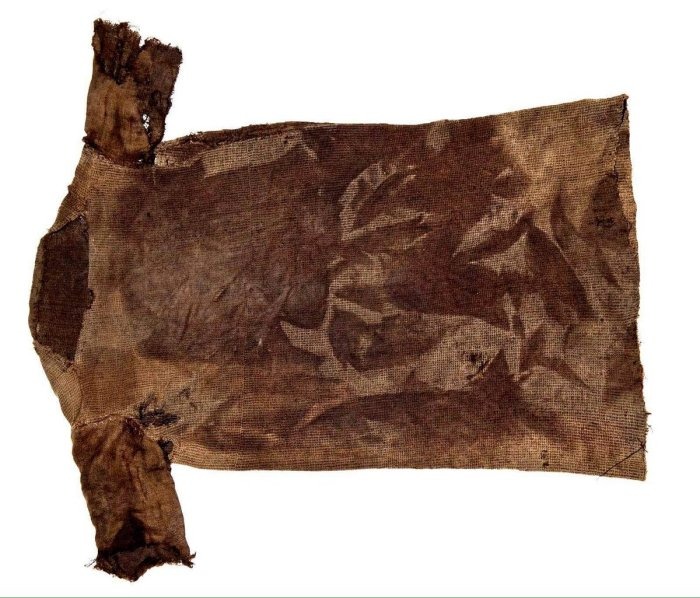
The original Lendbreen Tunic after conservation. Credit: Marianne Vedeler
What is less common is uncovering rare ancient clothes and shoes worn by individuals long gone. Glacial archaeologists from the successful Secret Under The Ice project have made many fascinating discoveries.
Scientists have unearthed ancient clothes and shoes while investigating the Lendbreen, a pass high in the Norwegian mountains. The passage was important from the Roman era until the late Middle Ages. The Vikings used the passage frequently, which explains why archaeologists have discovered thousands of artifacts left by their ancestors, which had been preserved in the ice and cold.
Glacial archaeologists have found two complete pieces of clothing in Oppland, both at the Lendbreen site. One of them is a 1,700-year-old tunic.
It is Norway’s oldest piece of clothing, and despite being hidden beneath the snow for so many years, it’s still very well-preserved.
“When found, it just looked like a bundle of textile. We decided not to try to open it in the field, but wrapped it carefully and placed it in a cardboard box. Then the long trip to the museum began: First by packhorse down to the lowlands, and then by car to the conservation laboratory. The textile bundle was unwrapped in the laboratory and turned out to be a complete tunic. A radiocarbon date showed that it was c. 1700 years old,” Secret of the Ice scientists commented on their discovery.
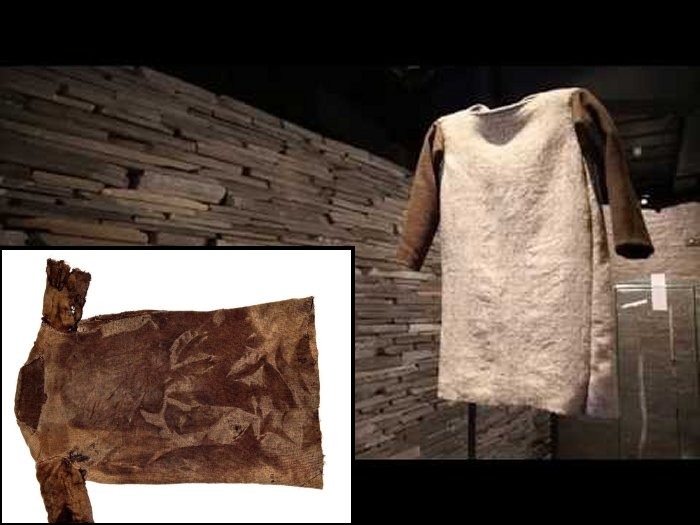
Credit: Marianne Vedeler
by TaboolaSponsored LinksYou May LikePetite but packing a punch, she leads an elite police team that protects Singaporeans from violenceCNATải xuống trọn bộ Ebook Chứng Khoán cho người mớiKiến Thức Đầu TưGhế sofa không bán được gần như được cho đi. Xem giá!sofa | search ads15 most beautiful women in the worldBuzznFun.comĐây là cách làm sạch bếp gas của bạn trong 1 phút!Women’s Method
The ancient tunic is truly a unique find. According to Marianne Vedeler, professor at the Museum of Cultural History at the University of Oslo to Yngve Vogt of the Apollan Research Magazine, we rarely find well-preserved clothing from prehistoric times. “Only a handful of clothing like this has been found in Europe,” Vedeler said. 1
“No other artefacts were found in the immediate surroundings, and the textile is consideredan isolated find with no demonstrable relationship to other objects found on the site so far. The area of the find has been used for hunting over a long period up to modern times. Weapons, hunting and camping equipment and horse dung, as well as a variety of personal gear including textile remains, are among the finds that now emerge from the ice.
The body section of the tunic is woven in 2/2 diamond twill (Figure 5). The same fabric is also used in the smaller of the two patches on the back. Due to uneven exposure to the sun, the textile surface colour appears patchy, but a closer look reveals that the fabric has been deliberately and evenly mottled.
This effect is caused by the weft, consisting of two light and two dark brown alternating threads made of naturally pigmented wool in shades of light beige and dark brown.” 2
Not far from the tunic, scientists also found a woven mitten. ” We speculated if the tunic and the mitten were connected in some way, but the radiocarbon date of the mitten showed that it was c. 1100 years old, from the Viking Age.
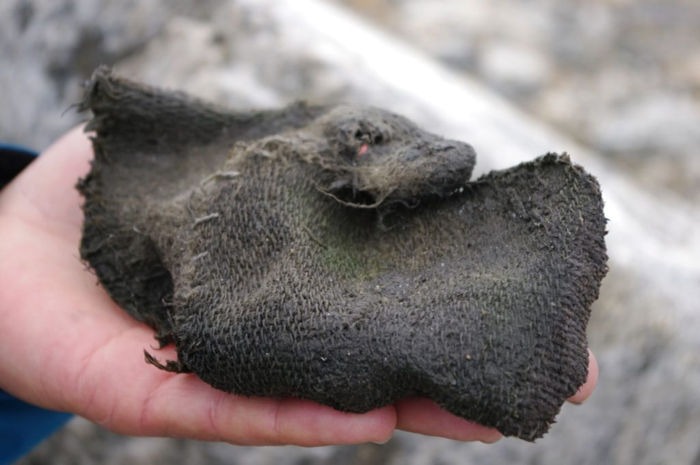
A woven Viking Age mitten from Lendbreen. Credit: Johan Wildhagen/Palookaville
More than 70 pieces of textile have also been found at the ice sites in Oppland. These appear to be cut-off pieces of textile, or simply rags. They had reached the end of their life as clothes and were being used for a variety of purposes,” the research team said.
Buried deep beneath the snow in an ancient, dangerous Norwegian Lendbreen mountain pass, the Secrte of the ice team also found a curious Roman-looking sandal.
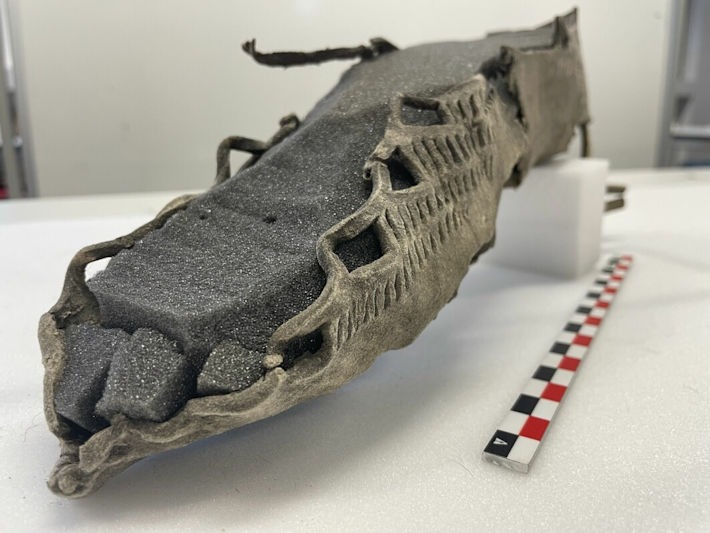
A Roman-looking sandal found under the ice in the Norwegian mountains. Credit: Espen Finstad/Secrets of the Ice
The shoe is dated to 200-500, the end of the Roman Empire. “It looks almost like a sandal. It’s pretty astonishing, we’re up here at almost 2,000 meters, and we find a shoe with fashion elements, similar to those found on the continent at the time,” the research team commented.

The hide-shoe found on Kvitingskjølen in 2006 by Reidar Marstein. It is c. 3400 years old. Photo: Vegard Vike, Museum of Cultural History.
“Hide shoes or fragments of such have been found on three sites. In fact, the find of a 3400-year-old hide shoe from an ice patch in 2006 was the starting gun for the work on the ice finds from Oppland. Again, Lendbreen has yielded most of the finds.
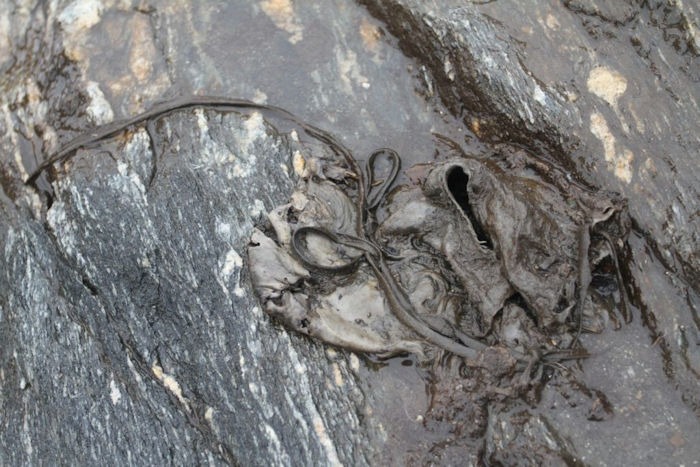
A one thousand years old hide-shoe from the Viking Age, found at Lendbreen in 2011. Photo: Vivian Wangen, Museum of Cultural History.
Typical for the hide-shoes is that they are made of untanned hide and have the side with hair facing outwards. Having the hair side on the outside may appear strange, but the hide-shoes were probably mainly used when crossing the snow. Having the hair side out would give a better grip on the snow.” 4
As the ice melts, scientists hope to uncover many more ancient items that may offer clues about who visited the Lendbreen ice patch in ancient times. Maybe they will come across more ancient textiles too. In the world of archeology, almost anything is possible.
Src: ancientpages.com








